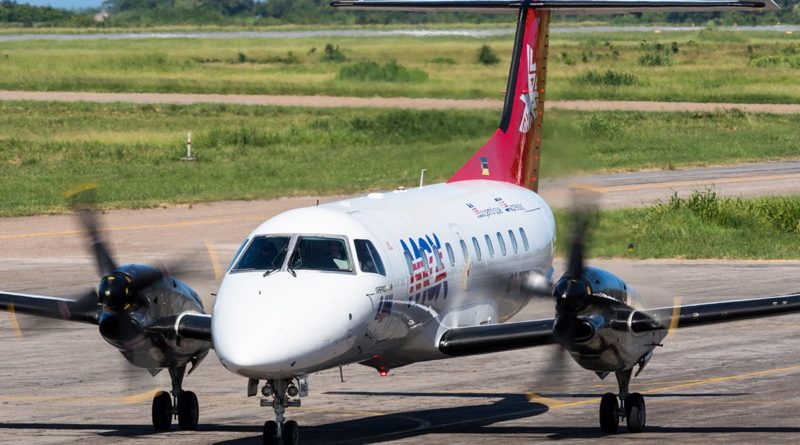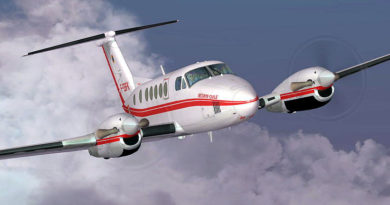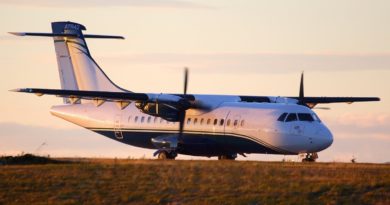Embraer EMB-120 Brasilia.
| Role | Regional airliner |
| National origin | Brazil |
| Manufacturer | Embraer |
| First flight | July 27, 1983 |
| Introduction | October, 1985 |
| Status | Active |
| Primary users | Brazilian Air Force Swiftair |
| Produced | 1983–2001; built individually as of 2007 |
| Number built | 354 |
| Unit cost | 8 500 000–11 000 000 USD (2013) |
The Embraer EMB-120 Brasilia is a twin-turboprop commuter airliner, produced by Embraer of Brazil.
Design and development
After the success of the EMB 110 Bandeirante, Embraer began the development of their first transport category airliner in 1974. The so-called Family 12X comprised three models with modular concept designs: EMB 120 Araguaia, EMB 123 Tapajós and EMB 121 Xingu. EMB 121 was the sole 12X model effectively produced.
Araguaia’s name was changed to Brasilia in 1979 at the official launching of the project, when at a CAAA (Commuter Airline Association of America) convention at USA several suggestions from prospective operators were collected and incorporated to EMB 120 design.
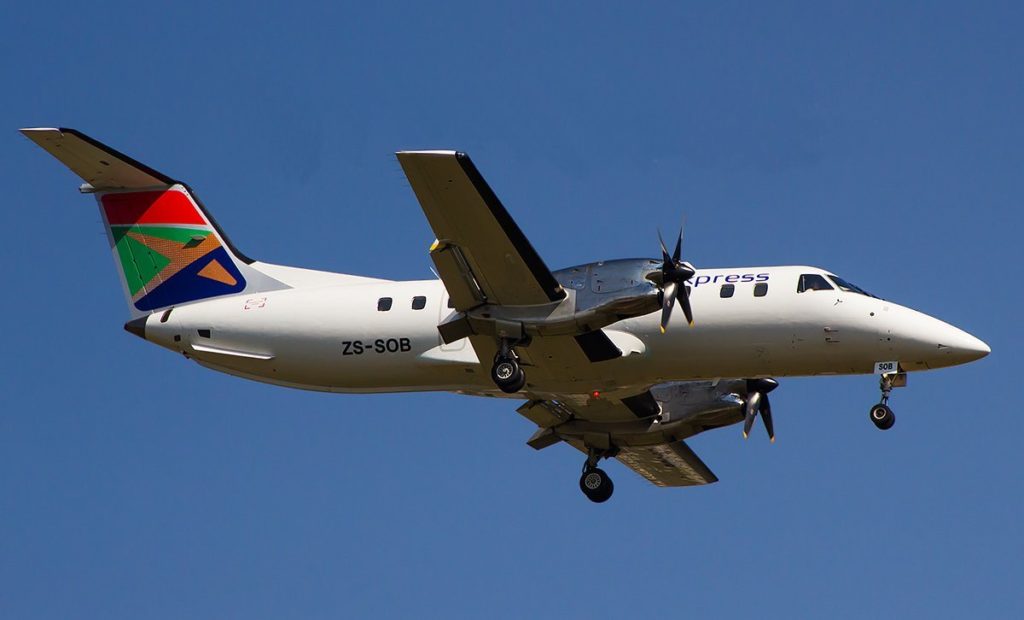
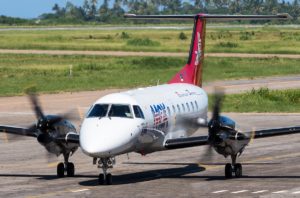
Thus, a completely new aircraft – no longer related to the 12X family – was launched. No common parts from EMB 121 Xingu were used, and the capacity was revised from 24 to 30 seats. Originally designed to utilise the new 1500 shp Pratt & Whitney Canada PW115 turboprop, it was later upgraded to the 1892 eshp PW118.
Probably the closest to a modern replacement for the DC-3 (with double the speed), the Brasilia attracted immediate interest from many regional airlines, particularly in the USA.
The size, speed and ceiling allowed faster and more direct services around the US and Europe, compared to similar aircraft. The first aircraft entered service with Atlantic Southeast Airlines in October 1985. The basic EMB-120RT was upgraded to the extended range (1,575 km) EMB-120ER, with older aircraft retrofitted via a Service Bulletin.
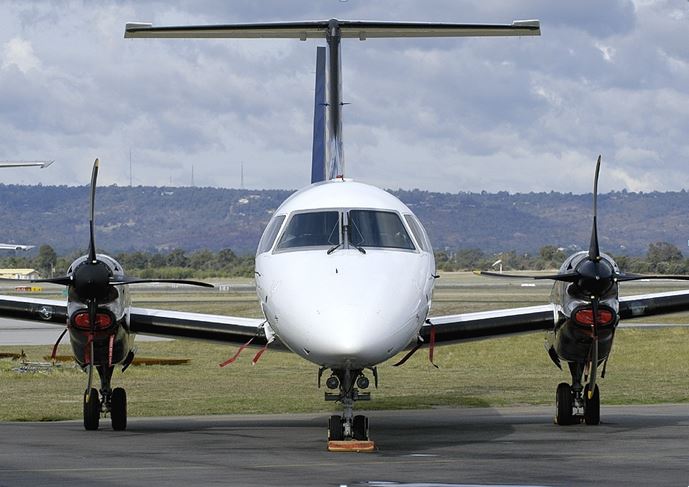
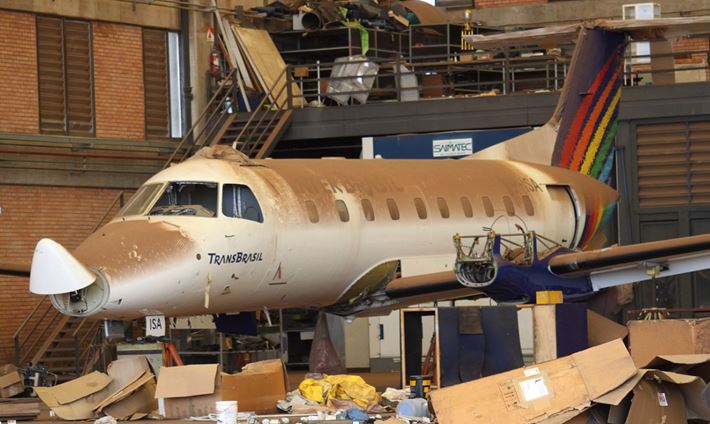
Operational history
The Brasilia attracted immediate interest from many regional airlines, particularly in the USA. The size, speed and ceiling allowed faster and more direct services around the US and Europe, compared to similar aircraft. The first aircraft entered service with Atlantic Southeast Airlines in October 1985. The basic EMB 120RT was upgraded to the extended range (1,575 km) EMB 120 ER, with older aircraft retrofitted via a Service Bulletin.
Most of the EMB 120s were sold in the United States and other destinations in the Western Hemisphere. Some European airlines such as Régional in France, Atlant-Soyuz Airlines in Russia, DAT in Belgium, and DLT in Germany also purchased EMB-120s.
Serial production ended in 2001. As of 2007, it is still available for one-off orders, as it shares much of the production equipment with the ERJ-145 family, which is still produced. The Angolan Air Force, for example, received a new EMB 120 in 2007.
Great Lakes Airlines operates six EMB 120s in its fleet, and Ameriflight flies 10 as freighters.
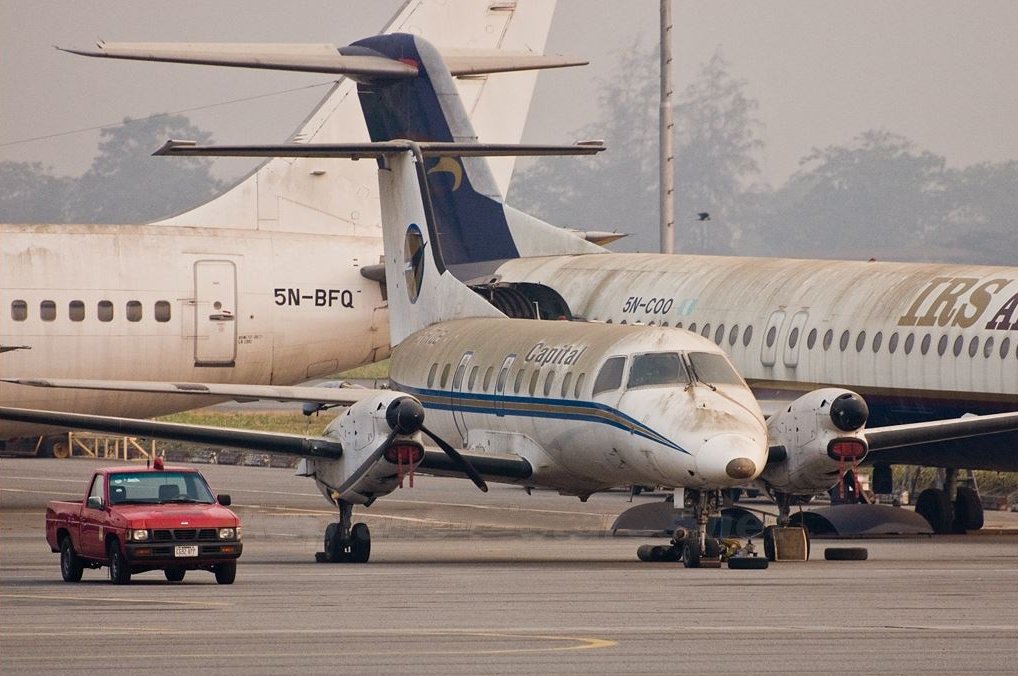
Variants
| EMB 120 | Basic production version. |
| EMB 120ER | Extended range and increased capacity version. All EMB-120ER S/Ns may be converted into the model EMB-120FC or into the model EMB-120QC |
| EMB-120FC | Full cargo version. |
| EMB 120QC | Quick change cargo version. |
| EMB 120RT | Transport version. All EMB-120RT S/Ns may be converted into the model EMB-120ER. |
| VC-97 | VIP transport version for the Brazilian Air Force. |
Operators
Civil Operators
As of August 2010, 195 EMB 120 aircraft are in airline service around the world. Current operators include:
- Angola: Air 26 (8); Diexim Expresso (4)
- Australia: Airnorth (4); Network Aviation (7); Skippers Aviation (6)
- Brazil: Meta Linhas Aéreas (2)
- Ecuador: SAEREO. (2); Passaredo Transportes Aéreos (5); Sete Linhas Aéreas (2)
- Hungary: Budapest Aircraft Service (3)
- Italy: Skybridge AirOps (1)
- Moldova: Air Moldova
- Mozambique: LAM Mozambique Airlines
- Nigeria: Associated Aviation (4)
- South Africa: Naturelink Charter (11); African Airlines Investments (4)
- Russia: RusLine (4)
- Turks and Caicos Islands: Air Turks and Caicos (4)
- Spain: Swiftair (10) (All cargo version)
- Turkey: Orbit Express Airlines (1)
- United States: Ameriflight (8); Charter Air Transport (6); Everts Air (3); Great Lakes Aviation (6); SkyWest Airlines (44); Streamline Airlines (1)
- Zambia: Proflight Commuter Services (1)
- Another 20 companies also operate the aircraft.
Military Operators
- Angola: National Air Force of Angola
- Brazil: Brazilian Air Force 15 in service.
- Ecuador: Ecuadorian Air Force
- Uruguay: Uruguayan Air Force

Specifications
General characteristics
| Crew: | Two pilots and one flight attendant |
| Capacity: | 30 passengers |
| Length: | 20.00 m (65 ft 7½ in) |
| Wingspan: | 19.78 m (64 ft 10¾ in) |
| Height: | 6.35 m (20 ft 10 in) |
| Wing area: | 39.4 m² (424 ft²) |
| Airfoil: | NACA 23018 (modified) at root, NACA 23012 at tip |
| Aspect ratio: | 9.9:1 |
| Empty weight: | 7,070 kg (15,586 lb) |
| Max. takeoff weight: | 11,500 kg (26,433 lb (ER version) |
| Maximum Landing Weight: | 11,250 kg (25,794 lb ER Version) |
| Powerplant: | 2 × Pratt & Whitney Canada PW118/118A/118B turboprops, 1,340 kW (1,800 shp) each |
Performance
| Maximum speed: | 608 km/h (328 knots, 378 mph) at 20,000 ft (6,100 m) |
| Cruise speed: | 552 km/h (298 knots, 343 mph) |
| Stall speed: | 162 km/h (87 knots, 100 mph) (CAS,(flaps down) |
| Range: | 1,750 km (945 nmi, 1,088 mi) (30 passengers, reserves for 100 nmi divert and 45 min hold) |
| Service ceiling: | 9,085 m (29,800 ft) |
| Take-off Run: | 1,420 m (4,660 ft) minimum |
Avionics
• Collins 5-screen Electronic Flight Instrument System
• Dual autopilots
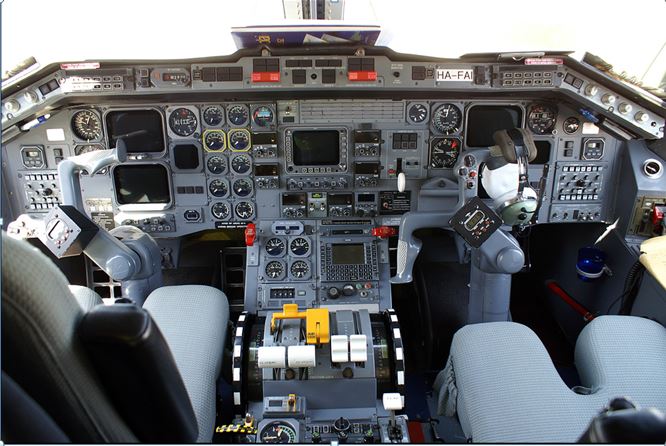
Accidents and incidents
-
On September 19, 1986, an Atlantic Southeast Airlines EMB 120RT (N219AS) struck a mountain near Mantiqueira, Brazil while being delivered to Atlantic Southeast, killing all five on board.
-
Brazilian Air Force on July 8, 1988 an Embraer EMB 120RT Brasília (FAB-2001) crashed during an engine-out landing at São José dos Campos. Five of the 9 occupants died.
-
On April 5, 1991, Atlantic Southeast Airlines Flight 2311 crashed on approach to Glynco Jetport in Brunswick, Georgia. The crash claimed the lives of all twenty-three people on board, including former U.S. Senator John Tower of Texas and astronaut Sonny Carter. This was due to propeller control failure. The aircraft was operating for Delta Connection.
-
On September 11, 1991, Continental Express Flight 2574, broke up in flight and crashed at Eagle Lake, Texas, killing all 14 passengers and crew members. The NTSB determined that missing screws on the horizontal stabilizer led to the crash. It was maintenance error instead of manufacturing failure.
-
On August 21, 1995, Atlantic Southeast Airlines Flight 529, crashed in a field near Carrollton, Georga. Of the twenty-nine people on board, ten died (one casualty was from a heart attack nearly 8 weeks post-accident). This was due to failure of a propeller blade and subsequent severe engine vibration and failure.
-
On January 9, 1997, Comair Flight 3272 crashed in Monroe, Michigan. All of the passengers and crew died. The probable cause was in-flight icing.
-
On May 21, 1997, SkyWest Airlines Flight 724, an Embraer EMB-120 (N198SW), experienced a total loss of engine power to the right engine and associated engine fire, followed by a total loss of all airplane hydraulic systems, after takeoff from San Diego International-Lindbergh Field, San Diego, California. The airplane sustained substantial damage. The 2 pilots, 1 flight attendant, and 14 passengers were not injured. Skywest Airlines, Inc., was operating the airplane as a scheduled, domestic, passenger flight under 14 CFR Part 121. The flight was destined for Los Angeles, California. It diverted to NAS Miramar, San Diego, where it landed at 14:27 hrs. Visual meteorological conditions prevailed at the time, and an IFR flight plan was filed.
-
On October 21, 1998, a Capital Táxi Aéreo EMB 120RT Brasilia (PT-WKH) crashed due to pilot error during final approach to Pinto Martins International Airport. The two-man crew and one passenger on board were killed, along with one person on the ground.
-
Rico Linhas Aéreas flight 4823 on August 30, 2002, operated by the Embraer EMB 120ER Brasília (PT-WRQ), en route from Cruzeiro do Sul and Tarauacá to Rio Branco crashed on approach to Rio Branco during a rainstorm, 1,5 km short of the runway. Of the 31 passengers and crew aboard, 23 died.
-
On May 14, 2004, Rico Linhas Aéreas flight 4815 operated by the Embraer EMB 120ER Brasília (PT-WRO), en route from São Paulo de Olivença and Tefé to Manaus crashed in the forest at about 18 nm from Manaus. All 33 passengers and crew died. All 33 passengers and crew died in the worst-ever accident involving the EMB 120.
-
Airnorth (VH-ANB) took off approximately 10:10 am (ACST) on March 22, 2010, from Darwin International Airport on a routine simulated engine-failure training exercise known as a V1 cut when it apparently banked sharply to the left and crashed into the nearby bushland at RAAF Base Darwin. The two on-board pilots were killed instantly.
-
On September 14, 2011, an Angolan Air Force Embraer 120ER crashed and broke into two pieces while attempting to take off from Albano Machado Airport killing 30 of the 36 onboard.
-
On October 12, 2011, a Nationale Regionale Transport EMB-120 (ZS-PYO) performing a charter flight from Libreville to Port Gentil (Gabon), overran runway 21’s end and came to a stop with the nose gear intact, both main gear struts bent Backwards causing the engines to “pitch down” together with the wings. A few passengers sustained minor injuries, but the aircraft was damaged beyond repair and was written off.
-
In February 2012, Everts Air Cargo Flight 1290, lost all pitch control due to poor maintenance procedures. The EMB landed safely in Iliamna, AK without further incident.
-
On 27 November 2012, an Inter Îles Air Embraer EMB 120ER Brasilia (registration number D6-HUA) was underway from Moroni to Anjouan (both in Comoros Islands) on a charter flight with 25 passengers and 4 crew, when after taking off from Moroni’s Prince Said Ibrahim International Airport it lost height, and while attempting to return to the airport, waterlanded 200 m (660 ft) off the coast, about 5 km north of the airport. Local fishermen rescued everybody on board. There were only minor injuries.
-
On 3 October 2013, Associated Aviation Flight 361, an EMB 120RT (5N-BJY), was involved in a crash on takeoff from Lagos Airport bound for Akure. The aircraft was on a charter flight taking the body of the former Governor of Ondo State, Dr. Olusegun Agagu for burial. There were at least 15 reported fatalities amongst passengers travelling in the burial party. Two people who survived the crash died later in hospitaOn 5 August 2015 a RusLine flight from Ulyanovsk to Domodedovo crashed upon landing after its front wheels had failed to descend. No serious injuries were reported amongst the 27 passengers and 3 crew.
Preserved aircraft
PT-ZBA 120001 Brasília’s first prototype preserved at Brazilian Airspace Memorial at the entrance of São José dos Campos airport and Embraer plant.
Images

